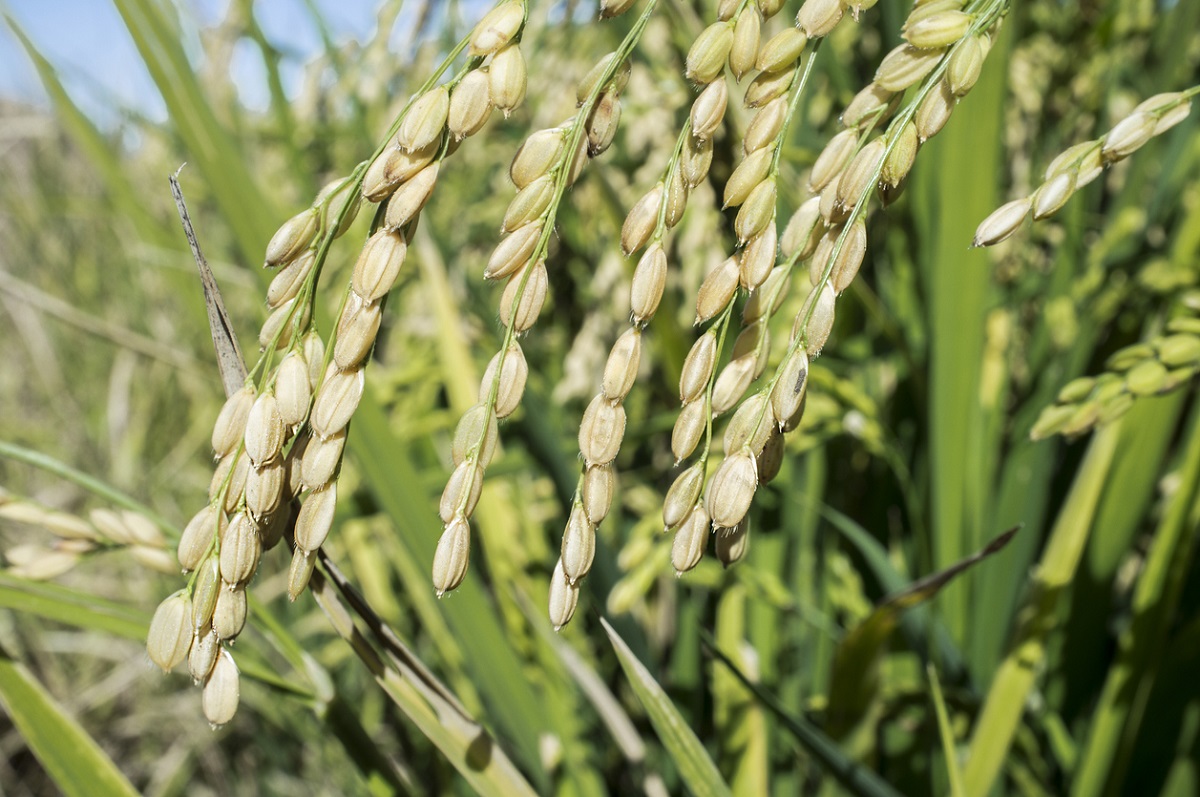
CRISPR-Cas9 Sheds Light on Spikelet Development in Rice
July 29, 2020| |
Researchers from China National Rice Research Institute used CRISPR-Cas9 and revealed that MORE FLORET 1 plays an important role in the regulation of organ identity and spikelet determinacy in rice. The findings are reported in Plant Physiology.
Rice spikelets exhibit a unique inflorescence structure and the mechanisms behind their development remain to be unclear. Researchers believe that strategies in regulating spikelet formation could impact grain yield. Thus, Deyong Ren and the research team identified and characterized the recessive spikelet mutant more floret 1 (mof1). The mof1 mutant showed a delay in the transition from spikelet to floral meristem, which includes the development of extra lemma-like and palea-like organs. Furthermore, the main body of the palea was reduced, while the sterile lemma was enlarged and partially acquired hull identity.
Through map-based cloning, the team identified the MOF1 locus and which was confirmed by complementation and by generating new mof1 alleles using CRISPR-Cas9 genome editing.
Read more findings in Plant Physiology.
| |
You might also like:
- Pocket K No. 54: Plant Breeding Innovation: CRISPR-Cas9
- OsPEX5 Regulates Rice Spikelet Development, Study Shows
- Pocket K No. 37: Biotech Rice
Biotech Updates is a weekly newsletter of ISAAA, a not-for-profit organization. It is distributed for free to over 22,000 subscribers worldwide to inform them about the key developments in biosciences, especially in biotechnology. Your support will help us in our mission to feed the world with knowledge. You can help by donating as little as $10.
-
See more articles:
-
News from Around the World
- ISAAA Video Shows How to Genetically Engineer a Plant
- Cuba Passes Law to Create Regulating Commission for the Use of GMOs
- German Researchers Decode European Maize Genome
-
Research Highlights
- Gene Switches for Height Identified in Plants
-
Plant
- UC Davis Scientists Use CRISPR Technology to Develop Bull that Produces 75% Male Offspring
- CRISPR-Cas9 Sheds Light on Spikelet Development in Rice
- Scientists Describe Protocol for Multi-gene Genome Editing in Maize
- 132 Research Institutes and Associations Urge the EU to Reconsider Stance on Genome Editing
-
Health
- Moderna's COVID-19 Vaccine Advances to Phase 3 COVE Study
- Study: Heartburn Medicine Doesn't Work as COVID-19 Antiviral
- International Team of Researchers Identify Evolutionary Origins of SARS-CoV-2
-
Read the latest: - Biotech Updates (December 17, 2025)
- Gene Editing Supplement (December 17, 2025)
- Gene Drive Supplement (February 22, 2023)
-
Subscribe to BU: - Share
- Tweet

